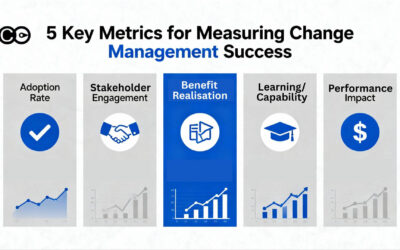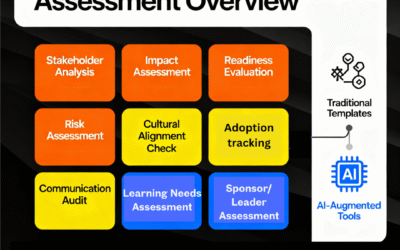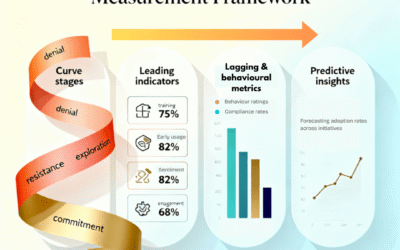How to Measure Change Management Success: 5 Key Metrics That Matter
The difference between organisations that consistently deliver transformation value and those that struggle isn't luck - measurement. Research from Prosci's Best Practices in Change Management study reveals a stark reality: 88% of projects with excellent change...






